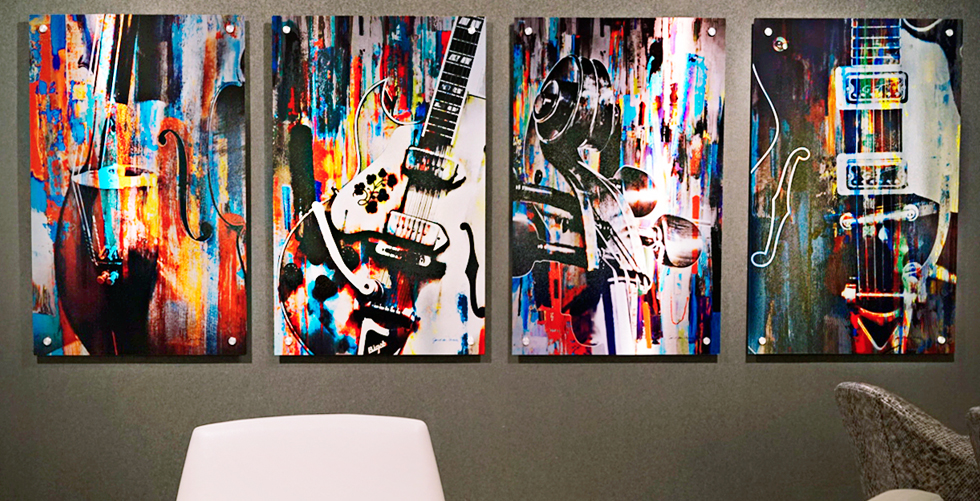In the realm of contemporary art, substrate art emerges as a captivating and dynamic form of expression, blurring the boundaries between traditional painting and mixed media. Rooted in experimentation and innovation, substrate art captivates audiences with its mesmerizing textures, vibrant colors, and intricate compositions. Let’s delve into the essence of substrate art, exploring its origins, techniques, and the boundless possibilities it offers to artists seeking to push the boundaries of conventional artistry.

Understanding Substrate Art
- Definition: Substrate art, also known as substrate painting or substrate mixed media, refers to the creation of artworks on unconventional surfaces or substrates beyond traditional canvas, such as wood panels, metal sheets, glass, fabric, or recycled materials. Artists employ a diverse range of mediums and techniques to manipulate and transform these substrates into unique works of art that challenge perceptions and evoke emotional responses.
Origins and Evolution
- Historical Roots: While substrate art has gained prominence in contemporary art circles, its roots can be traced back to ancient civilizations where artists utilized various surfaces and materials for artistic expression, including cave walls, pottery, and parchment.
- Modern Renaissance: The resurgence of substrate art in the modern era can be attributed to the avant-garde movements of the 20th century, where artists sought to break free from traditional constraints and explore new avenues of creativity. Visionary artists such as Jackson Pollock, Robert Rauschenberg, and Jean-Michel Basquiat paved the way for experimentation with unconventional materials and techniques, inspiring a new generation of artists to push the boundaries of artistic expression.
Techniques and Processes
- Surface Preparation: The key to successful substrate art lies in meticulous surface preparation, which may involve sanding, priming, or applying gesso to ensure adhesion and durability. Artists may also experiment with alternative surface treatments such as distressing, staining, or texture building to enhance visual interest and depth.
- Mixed Media Exploration: Substrate artists embrace a diverse range of mediums and materials, including acrylic paints, oil pastels, ink, collage elements, found objects, and even digital imagery. By layering, collage, and juxtaposing disparate elements, artists create richly textured compositions that invite viewers to explore the interplay of form, color, and texture.
Creative Expression and Innovation
- Freedom of Expression: Substrate art offers artists unparalleled freedom to explore and experiment with unconventional materials and techniques, transcending the limitations of traditional canvas painting. From abstract expressionism to figurative narratives, artists harness the expressive potential of substrate art to convey personal narratives, social commentary, and emotional depth.
- Environmental Consciousness: In an era marked by environmental awareness and sustainability, substrate art holds particular appeal for artists seeking eco-friendly alternatives to traditional art materials. By repurposing discarded or upcycled materials as substrates, artists not only reduce waste but also infuse their artworks with layers of meaning and symbolism.
Embracing the Substrate Art Movement
- Community and Collaboration: The substrate art movement thrives on a spirit of collaboration and community, with artists coming together to share techniques, ideas, and inspiration through workshops, exhibitions, and online forums. This sense of camaraderie fosters creativity, innovation, and mutual support among practitioners of substrate art.
- Exhibition and Recognition: As substrate art gains recognition and appreciation within the contemporary art world, artists are showcasing their works in galleries, museums, and alternative art spaces worldwide. Collectors and art enthusiasts are drawn to the tactile allure and visual impact of substrate artworks, recognizing them as vibrant expressions of artistic vision and innovation.
Conclusion
In conclusion, substrate art stands as a testament to the boundless creativity and ingenuity of artists who dare to explore beyond the confines of conventional artistic mediums. From humble beginnings to a flourishing movement, substrate art continues to captivate audiences with its tactile richness, visual dynamism, and endless possibilities for artistic expression. As artists continue to push the boundaries of creativity, substrate art remains a vibrant and evolving force in the contemporary art landscape.
To read more on topics like this, check out the Home Tech category

 Experience Fast and Lasting Relief From Headaches With Cannabis
Experience Fast and Lasting Relief From Headaches With Cannabis